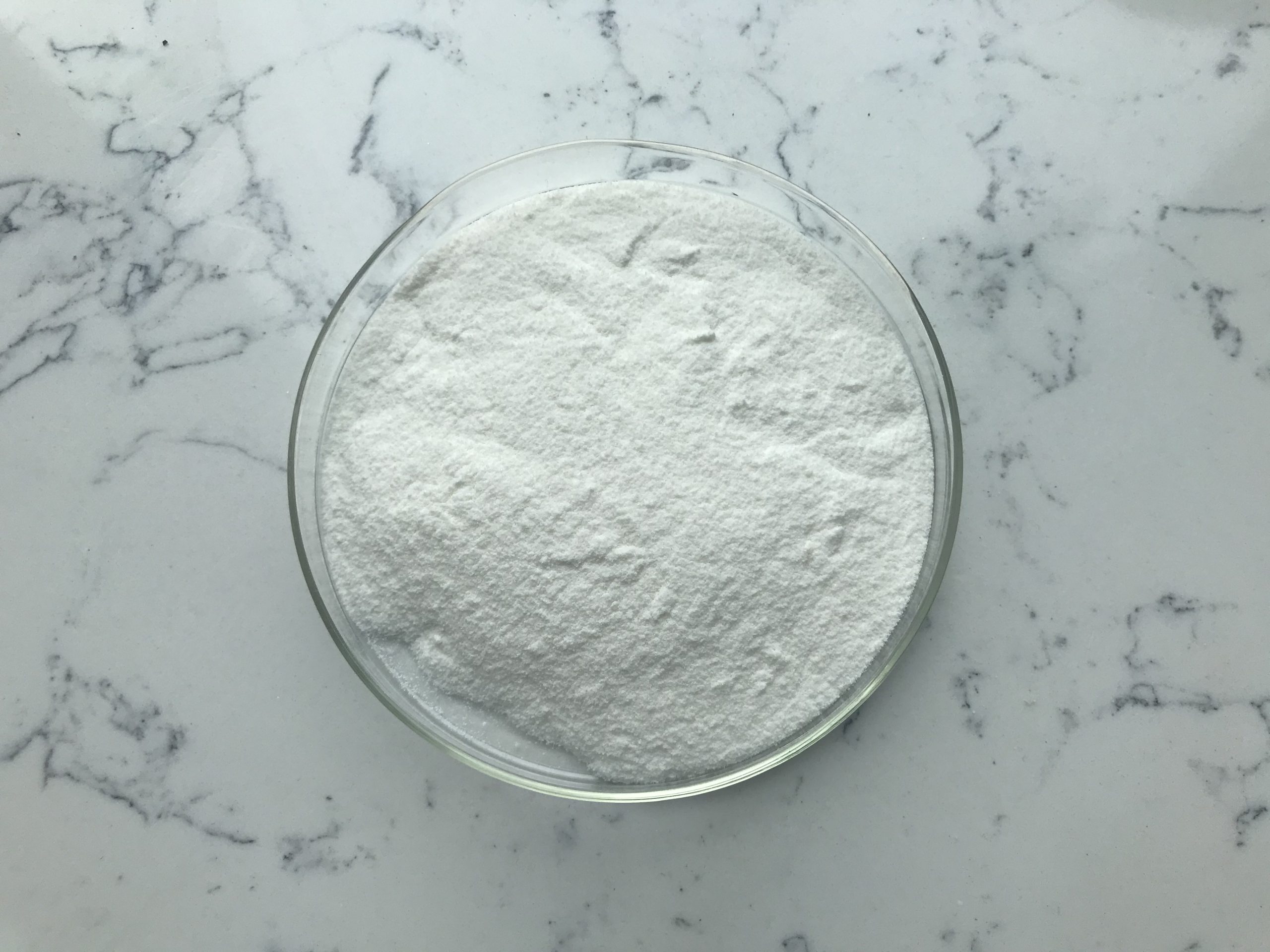Minoxidil is a medication primarily used to treat hair loss (alopecia) and promote hair regrowth. It is available in various formulations, including topical solutions and foams, as well as oral tablets. Here’s some information about its chemical structure and physical properties:
Chemical Structure of Minoxidil:
Minoxidil has the following chemical structure:
- Chemical Formula: C9H15N5O
- Molecular Weight: 209.25 g/mol
- IUPAC Name: 6-(1-piperidinyl)-2,4-pyrimidinediamine 3-oxide

Physical Properties of Minoxidil:
- Appearance: Minoxidil is typically a white or off-white crystalline powder in its pure form.
- Solubility: Minoxidil is soluble in both water and alcohol, which makes it suitable for topical formulations.
- Melting Point: Minoxidil has a melting point that ranges from 258°C to 262°C (496°F to 504°F).
- Boiling Point: It does not have a well-defined boiling point since it tends to degrade before reaching its boiling point under normal conditions.
- Odor: It is odorless.
- Density: The density of minoxidil can vary depending on its form and the specific formulation but is typically in the range of 1.2 to 1.4 g/cm³.
- Stability: Minoxidil can be sensitive to light and heat, so it should be stored in a cool, dark place. Additionally, it may degrade over time, which can affect its efficacy.
- pKa: Minoxidil has a pKa value of approximately 3.6, which means it is a weak base.
Mechanism of Action:
Minoxidil’s exact mechanism of action in promoting hair growth is not fully understood, but it is thought to work by:
- Increasing blood flow to the hair follicles.
- Prolonging the growth phase (anagen) of hair.
- Potentially opening potassium channels in cell membranes, which may stimulate hair follicles to grow.
Minoxidil is available over the counter in many countries for topical use, and in some cases, it may require a prescription for oral use. It’s essential to follow the instructions provided by your healthcare provider or the product’s label when using minoxidil, as improper use can lead to side effects or less effective results. Additionally, individual responses to minoxidil may vary, and it may not work for everyone with hair loss. If you have concerns about hair loss, it’s best to consult a healthcare professional for a proper evaluation and guidance on treatment options.
